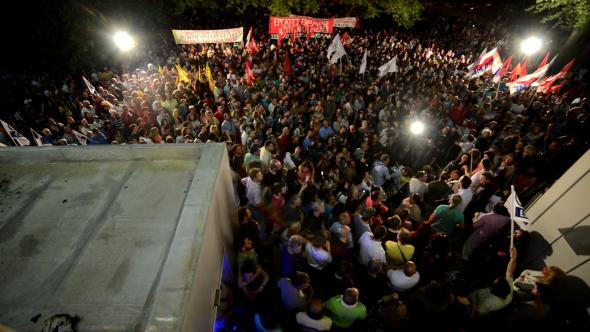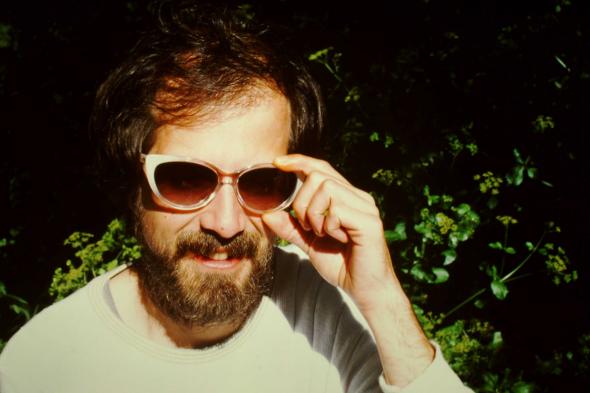O exercício pleno da Democracia exige o acesso à informação e ao debate. Contamos, por isso, com quatro conferências que pretendem reflectir sobre o estado actual da Europa e da Democracia, o poder da Internet e o papel de mediação dos órgãos de comunicação social.
Do leque de oradores convidados fazem parte Conceição Queiroz, Joana Amaral Dias, José Pacheco Pereira, Ricardo Araújo Pereira, José Luís Garcia, José Manuel Fernandes, entre outras personalidades de relevo em áreas tão distintas como a política, sociologia, história, economia ou os novos media.
A primeira das três noites de música acontece a 20 de Novembro com o Projecto com Voz, um coro de mais de trinta elementos, com idades entre os 55 e os 83 anos, que nasceu para quebrar estereótipos associados à idade. O grupo, dirigido pelo Maestro Pedro d’Orey, celebra a Liberdade com temas de Zeca Afonso e do pop/rock, sempre em português.
Na sexta-feira, dia 21, o palco é de uma das figuras cimeiras da canção lusófona contemporânea, B Fachada, que conta já com 14 edições e algumas colaborações, dentre as quais, com Sérgio Godinho. Em Regressa em 2014, ao fim de um ano sabático, com um novo disco homónimo. Na primeira parte da noite recebemos a voz e guitarra de Lula Pena, compositora portuguesa com influências que começam no Fado e se misturam com a chanson francesa ou a bossa nova brasileira. Já tocou com Rodrigo Leão, Mû, Norberto Lobo e o próprio B Fachada.
A última noite de música, dia 21, pertencerá ao rock irreverente dos Mão Morta, de Adolfo Luxúria Canibal, banda com três décadas de existência que lançou este ano o álbum Pelo Meu Relógio São Horas de Matar.
No cinema, o Rotas & Rituais apresenta uma programação extensa de documentários recentes, de realizadores de todo o mundo. Muitas são as histórias de luta pela Liberdade e dignidade, algumas delas contadas na primeira pessoa. A fechar este ciclo de 18 documentários, destacamos a exibição, no dia 23, de Dirty Wars, de Richard Rowley, filme que conta já com oito prémios e cinco nomeações, a última delas para melhor documentário dos Academy Awards 2014.
A entrada é livre em todos os eventos, à excepção dos concertos de B Fachada e de Mão Morta (8€)
19 NOVEMBRO
19H CINEMA | DANGEROUS ACTS (Madeleine Sackler)
21H30 CINEMA | SOUND OF TORTURE (Keren Shayo)
20 NOVEMBRO
19H CINEMA | THEY ASKED NOBODY (Martin Bureau)
CINEMA | A PEOPLE WITHOUT A LAND (Eliyahu Ungar-Sargon)
21H30 MÚSICA | PROJECTO COM VOZ
 The Lost Signal
The Lost Signal
21 NOVEMBRO
19H CINEMA |THE LOST SIGNAL OF DEMOCRACY (Yorgos Avgeropoulos)
21H30 MÚSICA | LULA PENA (1ª parte) + B FACHADA
 B Fachada, foto de Manuela Pacheco
B Fachada, foto de Manuela Pacheco
22 NOVEMBRO
17H CINEMA |THE INTERNET’S OWN BOY (Brian Knappenberger)
19H CONFERÊNCIA | “Internet, plataforma de comunicação ou controlo social?”
Com: Nuno Ramos de Almeida, Gustavo Cardoso, José Luís Garcia, Sofia José Santos
21H30 MÚSICA | MÃO MORTA
23 NOVEMBRO
17H CINEMA | REPORTERO (Bernardo Ruiz)
19H CONFERÊNCIA | Livres ou parcialmente livres, a situação dos órgãos de comunicação social.
Com: José Luís Garcia, Conceição Queiroz, José Manuel Fernandes, José Nuno Matos, Ricardo Araújo Pereira
21H30 CINEMA | DIRTY WARS (Richard Rowley)